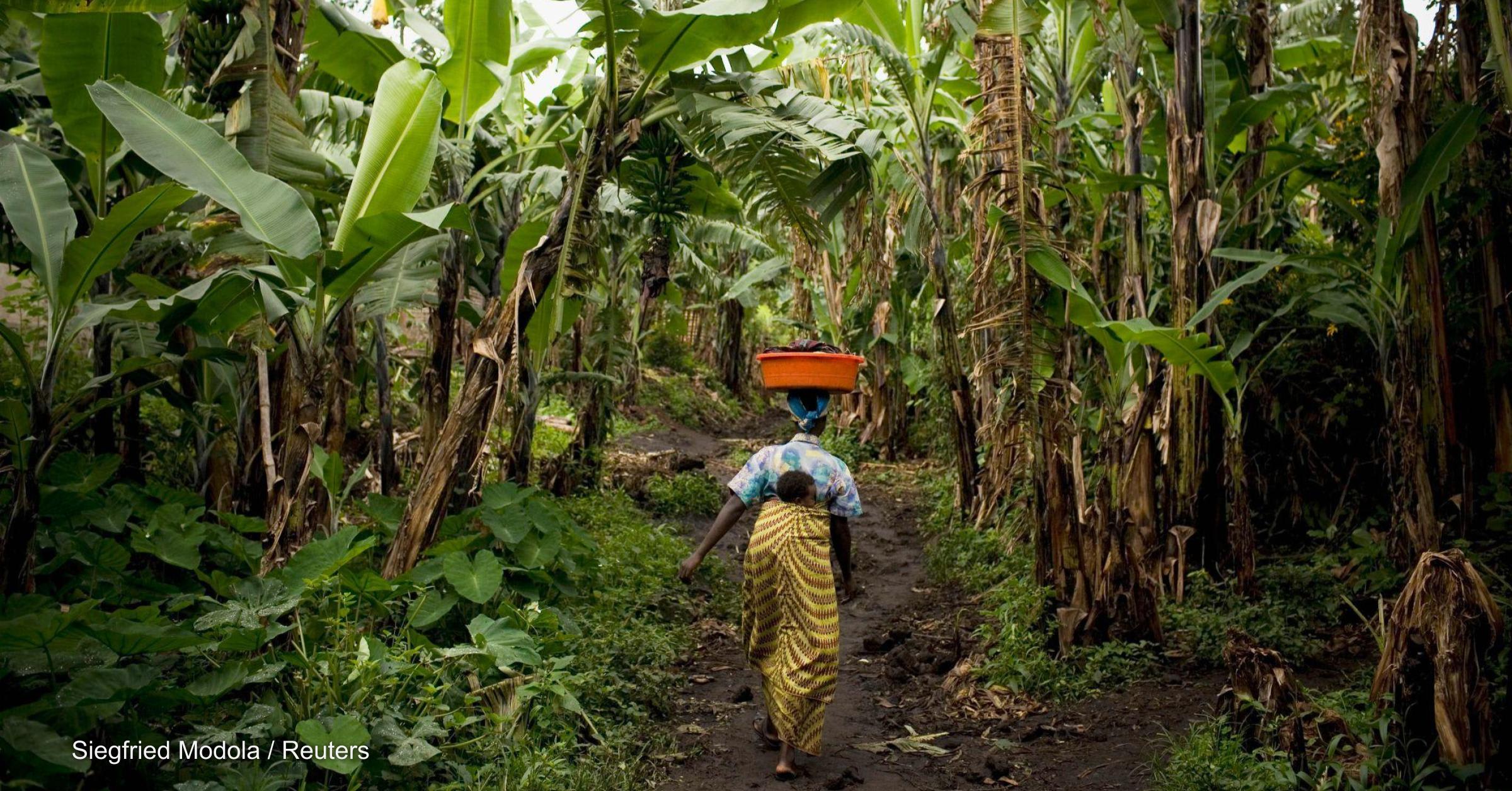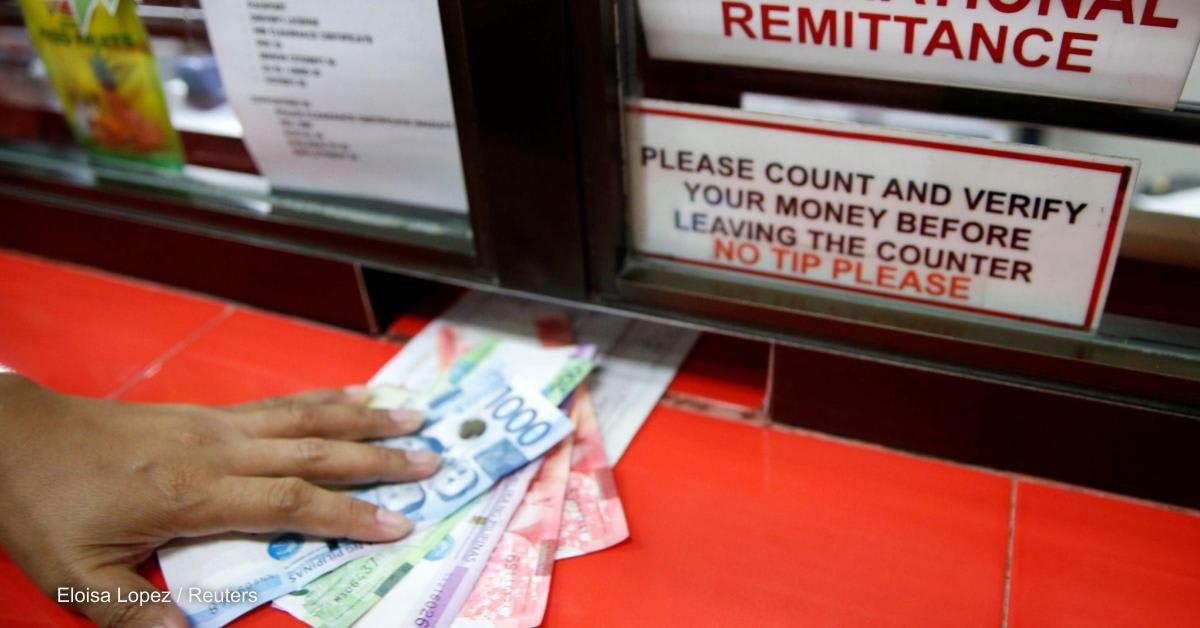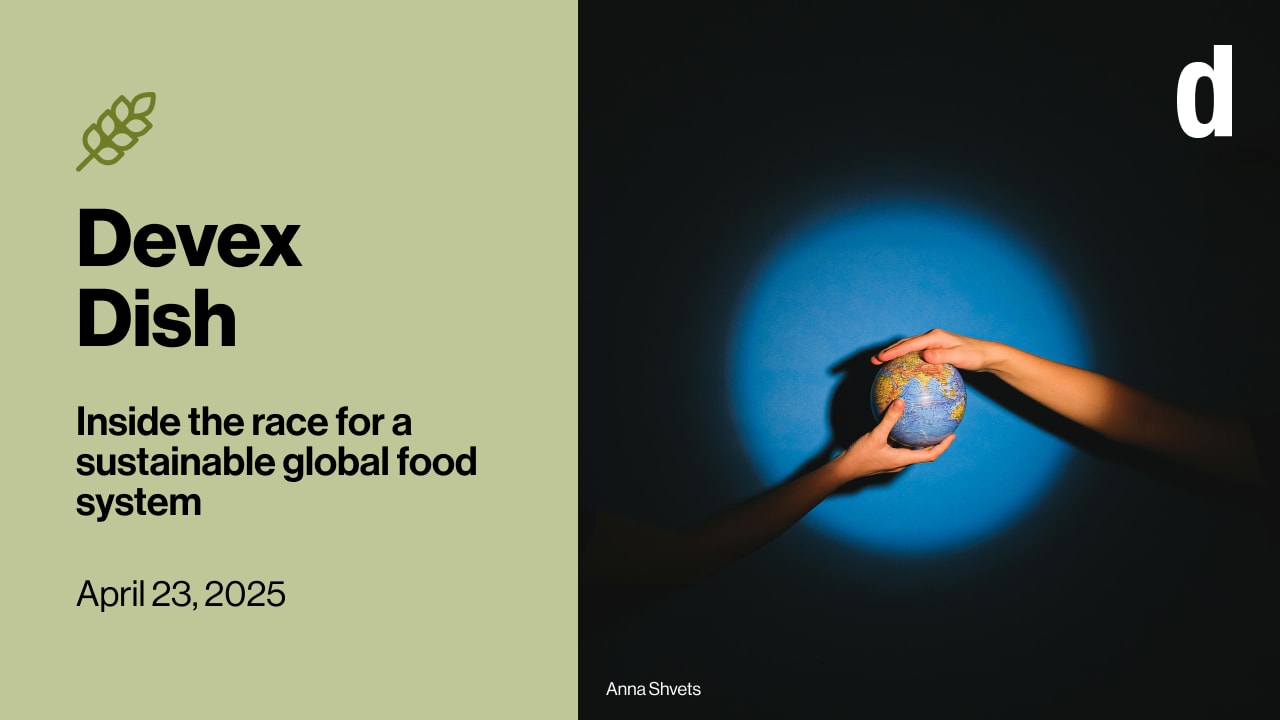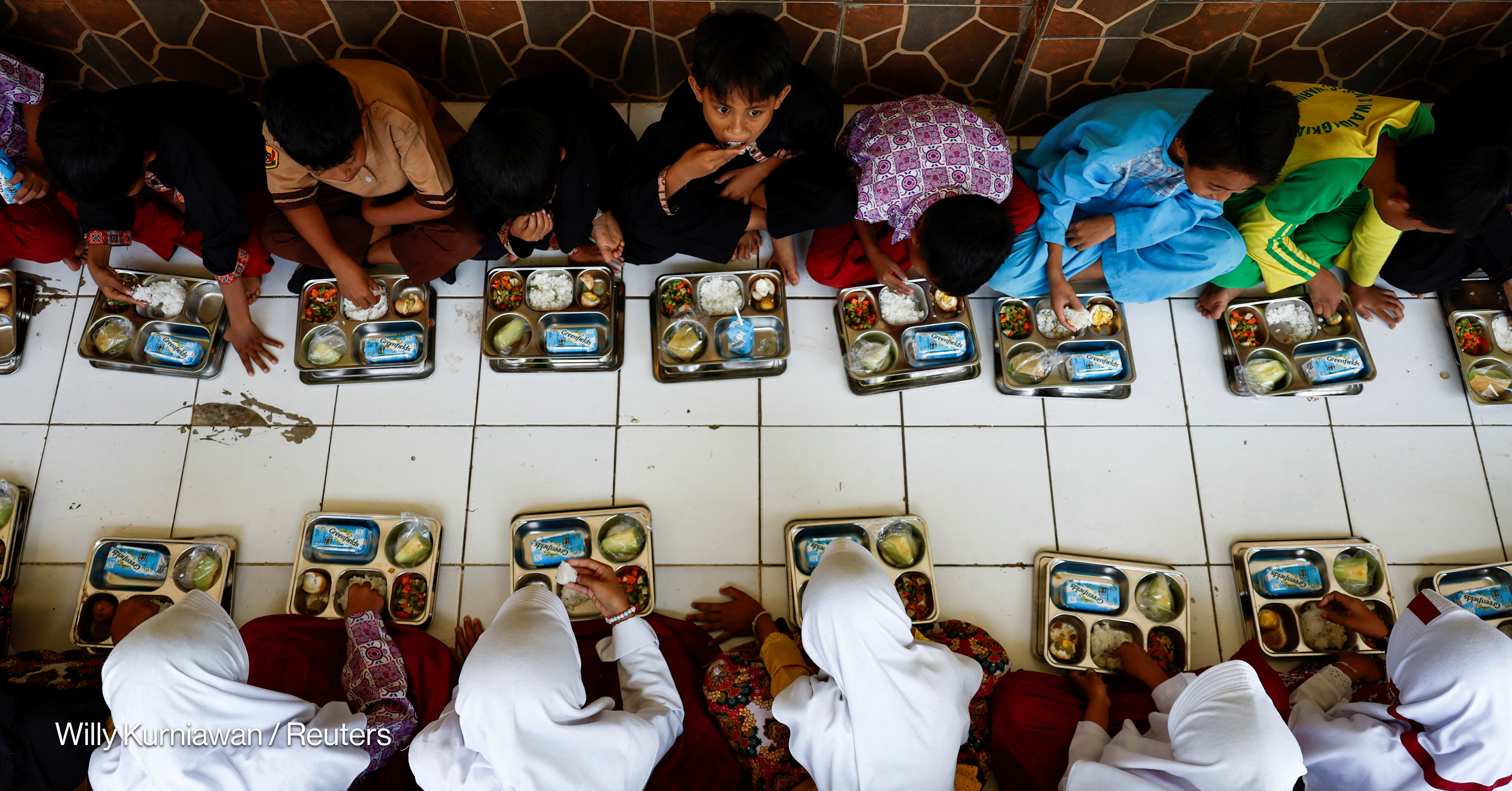Cash transfer programs — giving money to eligible people, including the poor in low-income countries — continue to be a popular poverty alleviation initiative in the developing world today, reaching almost 1 billion people in the past 15 years.
Some 24 countries in Latin America, Africa and Asia remain wedded to the idea of empowering the poor through capital infusion as a viable way to achieve sustainable and inclusive growth.
However, cash transfer programs in developing nations largely remain means tested — while citizens from some developed countries, particularly those in Scandinavia and other European member states, enjoy a more universal form of capital dole out. But “cradle to grave” welfare systems cost huge amounts of money and necessitate a large amount of available cash to hand out — liquidity that is very often beyond the reach of many low- to middle-income nations.








